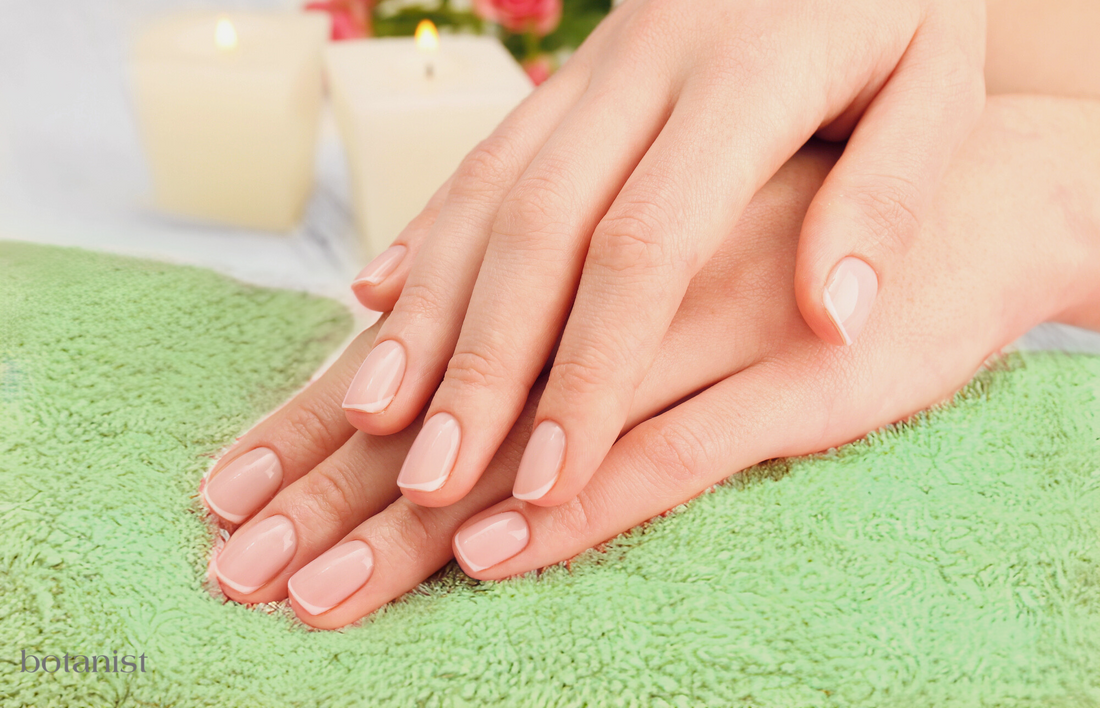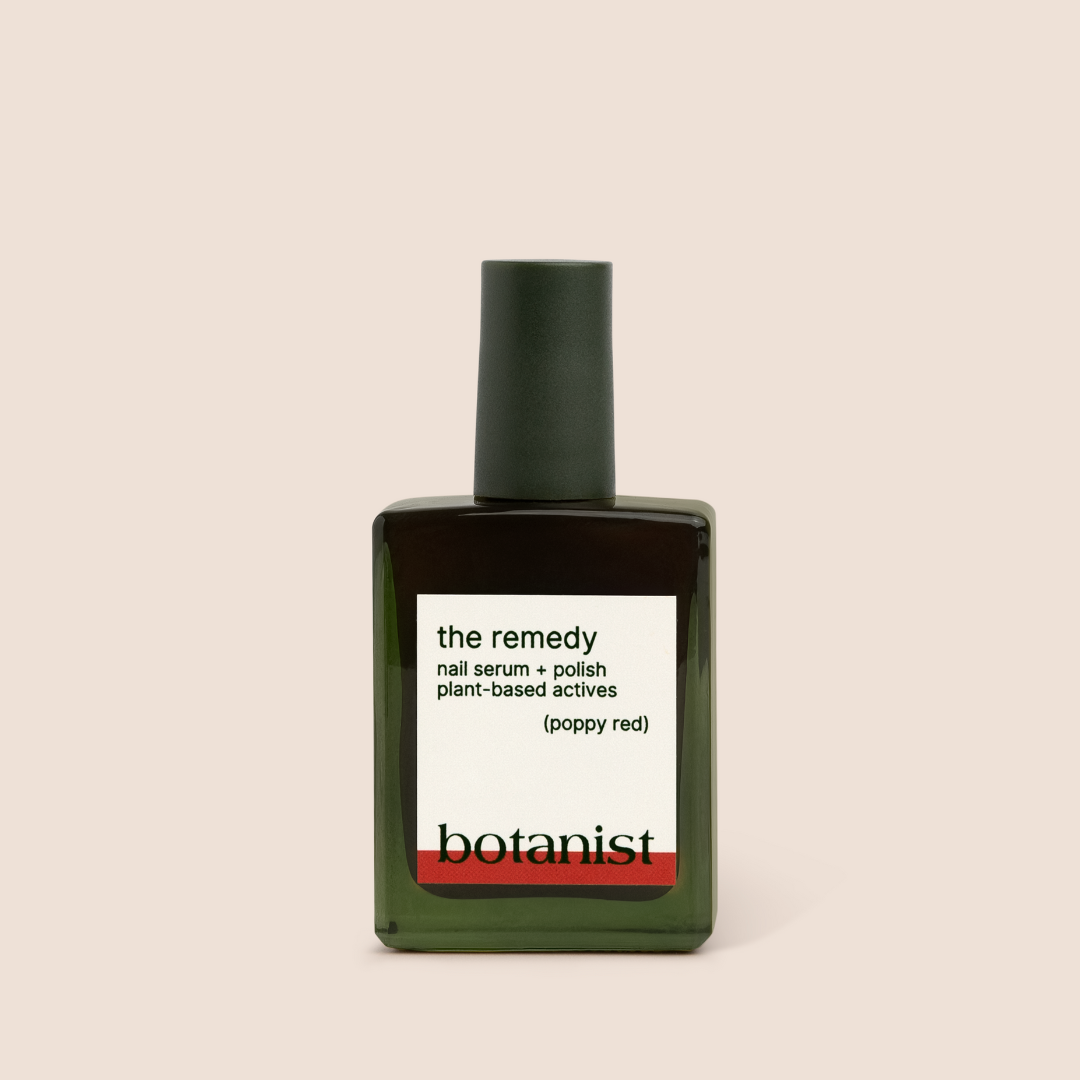Know Your Nails: A Simple Guide to Stronger, Healthier Hands
Tess Miller
Summary
- Learn what each part of your nail does, and why it matters for both health and beauty
- Discover simple tips to strengthen your nails and prevent common issues like breakage and infection
- Understand how your nails can reveal signs of overall health and what to watch out for
Ever looked at your nails and wondered what’s really going on beneath that polish? Whether you're a nail care enthusiast or just want to keep your hands looking and feeling great, understanding nail anatomy is key. From preventing breakage to getting the most out of your next manicure, here’s everything you need to know without the fluff.
Why Nails Matter More Than You Think
Nails are not just for looks. They protect your fingertips, improve your grip, and can even reveal signs of your overall health. Brittle, peeling, or discolored nails can sometimes be your body’s way of saying something needs attention.
Taking care of your nails goes beyond applying polish. It starts with understanding the nail structure and what each part does.

What Makes Up a Nail?
Your nail is a system made of several parts that work together. These include:
- Nail Plate: The hard surface you see and paint.
- Nail Bed: The skin underneath that gives it a healthy pink tone.
- Matrix: The hidden area at the base of the nail where new nail cells are created.
- Lunula: The white half-moon shape at the base of your nail, which is the visible part of the matrix.
- Cuticle and Eponychium: The protective skin at the nail base that helps block out germs.
- Hyponychium: The skin under your nail tip that creates a barrier against bacteria and moisture.
- Nail Folds: The skin around the sides and base that holds the nail in place.
Each of these parts of the nail plays a role in how your nail grows, looks, and stays protected.
Your Nail Plate
The nail plate is made of layers of hardened keratin, which is the same protein found in hair. A smooth, slightly curved plate with a soft pink hue is a sign of healthy nails. Ridges, splits, or unusual colors can be signs that your routine or your nutrition may need adjusting.
The Matrix and Lunula
The matrix is located beneath the skin at the base of the nail. It produces new nail cells, which are pushed forward as they grow and harden to form the nail plate. The lunula is the visible part of this process and usually appears in a pale half-moon shape.
Damage to the matrix can cause lasting changes to the way your nail grows, so it’s important to protect this area from trauma.
Cuticle and Eponychium
The cuticle is a thin layer of dead skin on the surface of your nail, while the eponychium is the living skin just above it. Together, they act as a seal that protects the new nail from infections.
It is best not to cut the cuticle. Instead, soften it with oil or a warm soak and gently push it back to avoid damaging this protective layer.
Nail Bed and Hyponychium
The nail bed sits under the nail plate and helps keep it attached. It also gives the nail its healthy color. The hyponychium is the skin under the tip of the nail that blocks out moisture, dirt, and germs.
Avoid over-cleaning under your nails. Scraping too hard can break the seal and lead to irritation or infection.
Folds and Frame
Nail folds are the skin around your nail that supports and shapes it. The folds guide nail growth and help keep the nail in place. Swelling or pain in these areas may indicate an infection, especially if the skin is broken or inflamed.

How to Help Your Nails Grow and Stay Strong
Healthy nails grow about 3 millimeters per month. You can support this growth with these simple nail care tips:
- Moisturize your hands and cuticles every day
- Avoid nail biting and picking
- Trim regularly and file in one direction to prevent splitting
- Eat foods rich in protein, biotin, and iron
- Wear gloves when using cleaning products or soaking hands in water
If your nails are consistently brittle or slow to grow, consider speaking to a healthcare professional.
The botanist nail growth serum is the perfect option for long beautiful nails.
Beauty Tips That Don’t Sacrifice Health
Whether you love acrylics, gel polish, or natural nails, understanding how the nail works can help prevent damage:
- Avoid over-buffing, which can thin the nail plate
- Always use a base coat to protect your natural nails
- Remove polish and enhancements gently. Soaking is better than peeling
- Give your nails a break every now and then to recover
Healthy nails are the best foundation for any manicure.
The botanist nail polish remover doesn’t contain acetone, it’s the perfect way to remove nail polish gently.

Before You Go
Your nails reflect more than your personal style. They can show signs of your health, hygiene, and self-care habits. When you understand nail anatomy and what your nails need, you can keep them strong, smooth, and beautiful.
So the next time you treat yourself to a manicure, you’ll know exactly what your nails are made of—and how to keep them looking their best.
